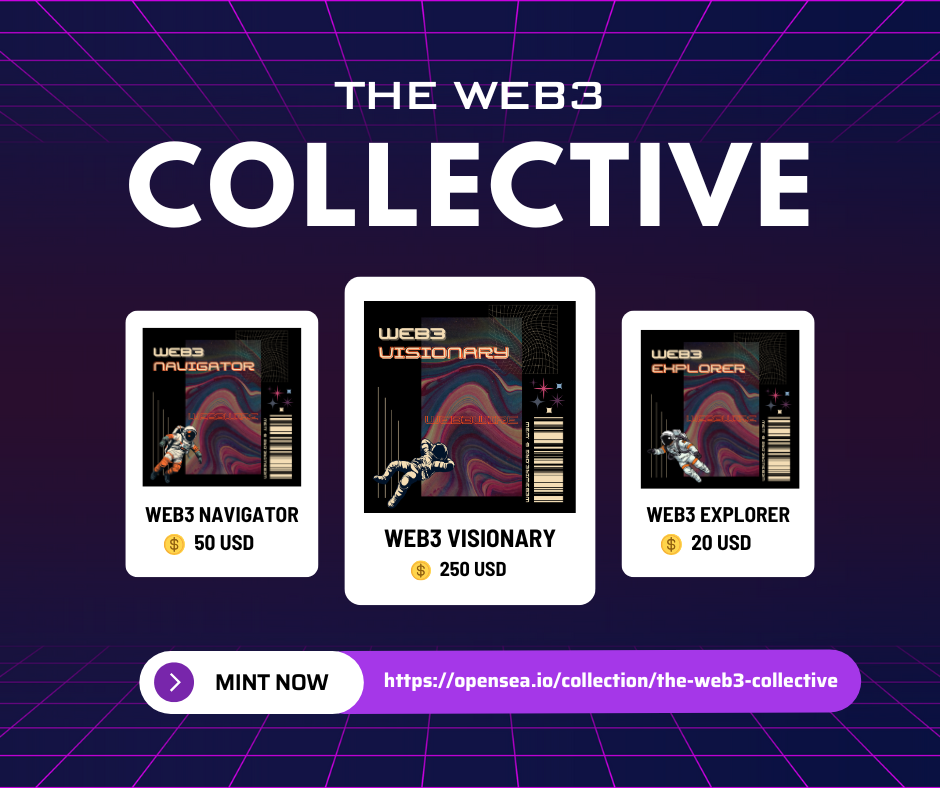
Ethereum Burns $174M in November 2024 Led by Uniswap & MetaMask
In a remarkable move that highlights the ongoing evolution within the decentralized finance (DeFi) ecosystem, Ethereum has successfully burned a staggering $174 million worth of its native cryptocurrency, ETH, in November 2024. This financial event has been primarily spearheaded by two DeFi giants, Uniswap and MetaMask, both of which have played crucial roles in achieving such a significant burn rate. This blog post delves into the intricacies of this event, its significance for the Ethereum network, and the future prospects it unveils.
The Mechanism Behind Ethereum Burning
To comprehend the recent burning event, it’s essential first to understand the concept of Ethereum burning. At its core, burning refers to the process of permanently removing coins from circulation. This act often aims to create scarcity, potentially leading to an increase in value for the remaining tokens. Ethereum’s EIP-1559, implemented in the London Hard Fork, introduced this mechanism as a part of its upgraded economic model.
The Role of EIP-1559
Ethereum Improvement Proposal 1559 (EIP-1559) was a landmark change, transforming how transaction fees worked on the Ethereum network. Instead of rewarding miners with entire transaction fees, a base fee would be burned, effectively reducing the available supply of ETH.
- Transaction Transparency: The base fee, which fluctuates based on network demand, is burned, while users can add a tip to incentivize faster processing.
- Supply Reduction: By burning a portion of transaction fees, Ethereum introduces a deflationary aspect, potentially increasing the token’s value over time.
Uniswap and MetaMask: Catalysts for the November Burn
In November 2024, Uniswap and MetaMask emerged as the top contributors to Ethereum’s impressive burn rate. This is no small feat considering the immense competition and activity on the Ethereum blockchain.
Uniswap’s Contribution
Uniswap, a leading decentralized crypto exchange, continues to be an influential player in the DeFi landscape. Known for its automated market maker (AMM) protocol, Uniswap has facilitated countless transactions, each contributing to the burning process through transaction fees.
- High Transaction Volume: Uniswap processed a significant number of transactions, directly amplifying the ETH burn rate.
- DeFi Popularity: As the DeFi ecosystem expands, more users flock to platforms like Uniswap, increasing transaction fees and, consequently, the burn.
MetaMask’s Influence
MetaMask, a widely-used crypto wallet and one of the most popular Ethereum-based wallets, significantly influences Ethereum’s transaction volume. With millions of users globally, it serves not just as a wallet, but as a bridge into the expansive universe of DeFi.
- Ease of Access: MetaMask facilitates millions of Ethereum transactions daily, increasing the base fee burning.
- DeFi Integration: Through MetaMask, users can easily access DeFi platforms and dApps, which further boosts Ethereum’s network activity.
Implications of the $174M Ethereum Burn
The substantial burning of $174 million worth of ETH in just one month showcases a few critical implications for Ethereum and its ecosystem.
Redefining Scarcity
With more ETH being burned, Ethereum successfully introduces a new level of scarcity compared to its traditionally inflationary nature. This scarcity could contribute to Ethereum’s increased value proposition.
- Price Impact: As the supply diminishes, the demand for Ethereum could see an upward trajectory, potentially increasing the token’s market value.
- Supply Stabilization: A controlled burn rate can help stabilize the Ethereum supply, aligning it closer to a deflationary model.
Encouraging Network Growth
Burning tokens can also be seen as an incentive for continual network development. As Ethereum becomes more valuable, funding for network upgrades and ecosystem projects might proliferate.
- Network Security: A thriving network with increasing value can fund improved security measures, safeguarding the blockchain against potential threats.
- Innovation Boost: Higher token value and sustained interest can drive more developers and projects to build on Ethereum, fueling innovation.
The Road Ahead for Ethereum and the DeFi Ecosystem
The recent burning milestone marks an exciting phase for Ethereum and the entire DeFi landscape. As Ethereum continues to implement structural and systemic changes, its broader acceptance and utility potential peak the interest of investors and developers alike.
Future Upgrades and Developments
Ethereum’s roadmap includes pivotal upgrades like Ethereum 2.0, which aims to enhance scalability, security, and sustainability. These upgrades are expected to further streamline transaction processes and optimize burning mechanisms.
- Scalability Solutions: Future solutions, such as sharding, promise to enhance the network’s capacity, accommodating more users and transactions.
- Improved Efficiency: Moving to a proof-of-stake consensus mechanism requires less energy and increases ETH burning efficiency.
DeFi Growth and Expansion
With Uniswap and MetaMask leading the recent burn event, it underscores the burgeoning influence of DeFi platforms. As more users engage in DeFi activities, the ecosystem is poised for exponential growth, introducing more economic models reliant on ETH.
- User Adoption: Continuous user growth and adoption of DeFi services symbolize the confidence and utility seen within Ethereum’s network.
- Cross-Integration: As more technology aligns with DeFi ideals, seamless cross-integration between various platforms is anticipated, expanding use cases.
This November, with Ethereum’s impressive burning milestone, serves as a testimony to the evolving landscape of digital finance and the untapped potential of decentralized solutions. Uniswap, MetaMask, and the broader Ethereum community play pivotal roles in ushering in this new era, promising innovative possibilities and a redefined financial paradigm.
“`








